This recent aerial photo shows the southwest corner -- marked with an x -- of the 40-acre proposed mineral lease for Eagle Mine LLC. Environmental groups are concerned about the location of the lease, since it is near the headwaters of the Yellow Dog River and includes wetlands. (Photo © and courtesy Jeremiah Eagle Eye. Reprinted with permission.)
MARQUETTE – The Eagle Mine LLC, owned by multinational conglomerate Lundin Mining, is seeking a new mineral lease from the State of Michigan for 40 acres of public land (NE 1/4 of the NE 1/4 of Section 8, T50N, R29W, Michigamme Township, Marquette County) in the Escanaba River State Forest.
The Department of Natural Resources’ (DNR) announcement of Lundin’s mineral rights lease application was published on Sunday July 26th, 2015, commencing a legally required 30-day public comment period. Since then the comment period has been extended another month -- to Sept. 25, 2015.
The targeted land lies three miles west of Eagle Mine’s ore body, and south of the Triple A road. Ecologically, the land ranges from from jack pine and blueberry bushes to inundated wetlands known as the Anderson Creek swamp, critical headwaters of the Yellow Dog River.
Yellow Dog Headwaters, Anderson Creek Panorama. (July 31, 2015, photo © Steve Garske, courtesy Save the Wild U.P.)
Botanist Steve Garske commented on the pristine ecosystem in the area of the proposed lease.
"Much of this land is relatively undisturbed conifer swamp and pristine shrub-sedge meadow," Garske explained. "These headwaters flow into the Yellow Dog River. If Lundin can drill and potentially locate a sulfide mine here, they can do it anywhere. We need to tell the DNR that headwaters are too special to be mined."
The DNR lease review acknowledges the Headwaters of the Yellow Dog (Anderson Creek) and notes the possible presence of endangered species and a special conservation area. DNR Fisheries staff recommended "Stipulation 15" be included, minimizing surface disruption. Fisheries staff also recommended no development in the southern half of the 40-acre parcel, noting, "The south portion of this 40, particularly the southwest portion of this 40, is the headwater water system for Anderson Creek, which is the headwaters of the Yellow Dog River."
This photo looks southeast near southwest corner of the proposed 40-acre corner in Section 8. Photo © and courtesy Jeremiah Eagle Eye. Reprinted with permission.)
However, the lead reviewer, Don Mankee, DNR Forest Resources Western U.P. district supervisor, said he is not including Stipulation 15 (concerning "Limited Surface Disturbance") because it refers only to oil and gas drilling.
In a Sept. 17, 2015, email reply to Keweenaw Now, Mankee wrote, "As lead (reviewer), my recommendation is consistent with local Biologists to recommend Development with Restrictions for the parcel in question. When such a recommendation is made in our review system database, reviewers have a list of 69 frequently used stipulations they can choose from to aid them in the process. It is important to note that the vast majority of mineral review using this system is for oil and gas leasing in the lower peninsula of Michigan. As such, some of the stipulations are specific to oil and gas reviews, and do not apply to this particular review for a potential metallic mineral lease. That is the case with stipulation 15. This does not mean the Fisheries review is being ignored. It simply means that my review as lead, included the stipulations applicable to a metallic mineral lease."
George Madison, DNR Fisheries biologist, said in a Sept. 18 email to Keweenaw Now that he believed Mankee's email explanation "was very clear about this topic."
Mankee, who included only Stipulations 16 (Threatened or Endangered Species Habitat) and 49 (Best Management Practices) told Keweenaw Now his recommendation was consistent with that of Fisheries, but he wouldn't make a separate recommendation for the southern half of the 40-acre parcel because the classification has to refer to the whole 40-acre parcel.
Mankee said the review includes implications a metallic mineral lease would eventually have on the surface.
"We recommend that any development on the surface be restricted," Mankee said. "I can only speak for my area of expertise, which is as a land administrator for the Forest Resources Division."
Multiple reviewers noted the presence of Headwaters, but recommended a "development with restrictions" classification.
Comments from the DNR's Forest Resources Division in their review of the lease request state the following: "There is the potential for the occurrence of Narrow-leaved gentian within this parcel. Proper protocol for this species must be followed. In addition, the swamp/marsh to the south of this parcel is the headwaters for the Yellow Dog River. Proper BMPs (Best Management Practices) must be applied to protect the riparian area along the southern edge of this parcel."*
Environmental groups, including Save the Wild U.P. (SWUP), have expressed concern about potential development for mining in this 40-acre parcel.
"There was a 'no development' recommendation on the southern half of the parcel --the section of this parcel that contains the headwaters of the Yellow Dog River," said Alexandra Maxwell, SWUP executive director. "Save the Wild U.P. demands that the parcel review be revised by DNR staff before any decisions on the mineral lease be made and that these revisions and recommendations be transparent and accessible to the public."
Maxwell also questioned the DNR's role, which should include protection of public lands.
"When will Michigan realize that public lands belong to the public, not private corporations?" Maxwell asked. "It (the area of the proposed lease) is 1.5 miles from the McCormick Tract Wilderness and the Yellow Dog Wild and Scenic National River, and surrounded by historic sites like the Nels Andersen homestead, the Bentley Trail, and the Bushy Camp. Eagle Mine is targeting our communal history."
Yellow Dog Headwater area of proposed mineral lease. (Michigan Department of Environmental Quality, National Wetlands Inventory data). Click on image for a larger version. (Image courtesy Save the Wild U.P.)
"This land is part of a sensitive wetlands complex of more than a thousand acres," said Save the Wild U.P. (SWUP) President Kathleen Heideman. "Headwaters are where rivers are born! Headwaters are simply not compatible with sulfide mining."
Gail Griffith, emeritus professor of Chemistry at Northern Michigan University and SWUP board member asks why the State bothers to write a land management plan for this section of the Escanaba River State Forest.
"Michigan regulators obviously believe that mining exploration is always the most desirable land use -- in every situation, no matter how it undermines or jeopardizes our public land, water, forestry, wildlife and fisheries!" Griffith said. "What is the purpose of a public comment period, if no one at the DNR listens to public comments?"
In a recent brief interview at Michigan Tech's Great Lakes Research Center, DNR Director Keith Creagh told Keweenaw Now the DNR would be looking at public comments on this lease:
Karen Maidlow, DNR Minerals Management property specialist, said the DNR welcomes comments from the public up to the new deadline of Sept. 25, 2015.
"The public may be aware of valuable resource information to assist us in making an informed decision about the lease classification," Maidlow said. "All our lease does is give them permission to explore and develop state-owned metallic minerals."
The lease does not include surface use or development, she added.
"They would have to get a special surface use lease to lease state-owned surface," Maidlow explained. "The lease in and of itself does not grant all the permission needed to mine."
While Maidlow noted she did receive some comments asking for a public hearing, the DNR would not hold a public hearing based only on this lease request.
"A hearing would be held if an ore body is found and the company wants to mine it," Maidlow said. "The DEQ (Department of Environmental Quality) would hold the hearing and the DNR would participate if any of the parcels to be mined are state-owned."
Gene Champagne of Concerned Citizens of Big Bay questioned a mining lease in an area that is mostly wetland -- besides being the headwaters area for the Yellow Dog River.
Eyeball Falls on the Yellow Dog River is less than a quarter of a mile from the area of the requested lease for 40 acres in Section 8. (Photo © and courtesy Jeremiah Eagle Eye. Reprinted with permission.)
"Why are they even considering an exploration permit?" Champagne asked. "Will there be a public hearing? Why is the DNR acting as a real estate agent for Lundin/Eagle and ignoring the future of our grandchildren -- the health and well-being of our grandchildren?"
Dave Allen, Upper Peninsula Environmental Coalition (UPEC) board member, also expressed concerns about the pristine habitat found on these 40 acres.
"We at UPEC are against this new mineral lease," Allen said. "The parcel contains Anderson's Creek, headwaters of the Yellow Dog River, a rather precious stream and prime brook trout habitat, very rich in good macroinvertebrates -- benthic bugs like caddis, flies, mayflies and others -- and clean water."
In 2006 the Superior Watershed Partnership (SWP) published the Salmon Trout River Watershed Management Plan which included the recommendation to "prohibit sulfide-based mining" (Page 41).
"Since the Salmon Trout River and Yellow Dog River are both high quality systems and share a common watershed boundary the SWP recommendation to prohibit sulfide-based mining would hold true for both watersheds," explained Carl Lindquist, SWP executive director. "The potential impacts to groundwater, surface water and Lake Superior are simply too great."
Chip Truscon, SWUP board member, compared Eagle Mine's exploration of new sites to a spreading cancer.
"When Eagle Mine's drill rigs go after new sites, they call it 'progress.' I call it Stage 4," Truscon noted. "When a cancer patient develops a malignant growth some distance from the primary tumor, we say the cancer is spreading, or metastasizing. It's bad news, with a poor prognosis for the environment."
Mankee said he is willing to speak to citizens who question the potential lease.
"I would welcome the folks who are concerned about (the Yellow Dog headwaters) to visit us, and we're available to answer questions," he said.**
According to SWUP, in 2014, Eagle Mine made a similar request, seeking mineral rights to a parcel of public land along the Yellow Dog River. Together, Save the Wild U.P., Yellow Dog Watershed Preserve and the Michigan League of Conservation Voters called on the State of Michigan to hold a Public Hearing on that 2014 proposed lease. The groups asked the DNR to deny Eagle Mine’s mineral lease request, stating, "Metallic mineral lease of this land would serve only the short-term goals of Industry (...) once again, the State of Michigan seems wholly incapable of serving the public trust." In response, the DNR sent out form letters, and approved the lease without notifying the organizations or individuals who requested a hearing.***
Public comments on the lease request should be sent by Friday, Sept. 25, by email to Karen Maidlow at the Michigan Department of Natural Resources: maidlowk@michigan.gov, or mail your comments now to Karen Maidlow, Property Analyst, Minerals Management, DNR, P.O. Box 30452, Lansing, MI 48909.****
Notes:
* Click here for the 2009 Best Management Practices (BMPs) manual used by DNR and DEQ (Department of Environmental Quality). (See Ch. 5, beginning on p. 13, on Riparian Management Zones, and Ch. 12, beginning on p. 47, for Wetland BMPs.)
** Don Mankee's office is in the Baraga DNR Office, 427 US-41 North, Baraga, MI 49908. Phone: 906-353-6651.
*** See our Oct. 31, 2014, article on the 2014 Eagle Mine mineral lease request near the Yellow Dog River.
**** Note that public comments can also be made to DNR during the meeting of the Western UP Citizens Advisory Council, which meets tonight, Sept. 21, in the chalet at Porcupine Mountains Wilderness State Park. Click here for info.




















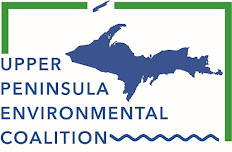

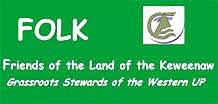



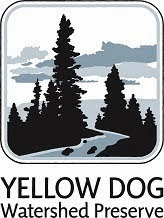


























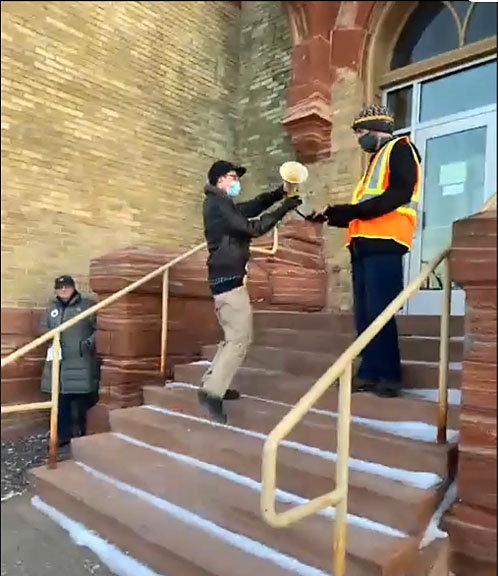




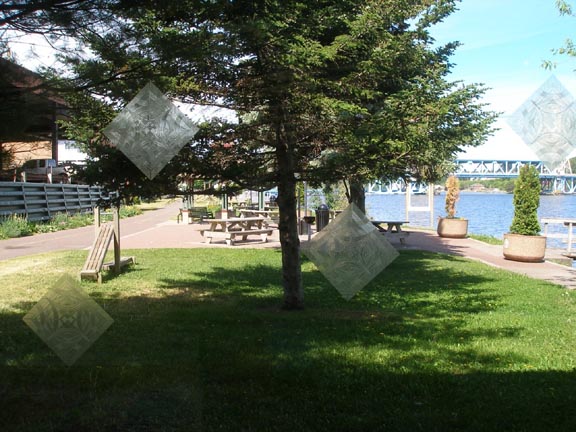









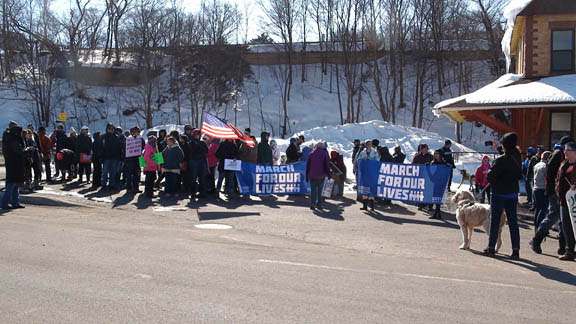


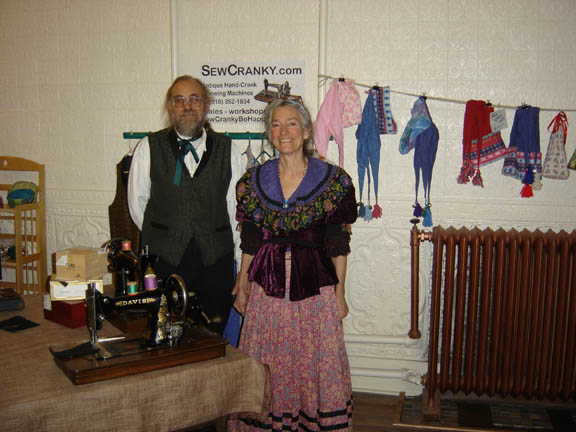
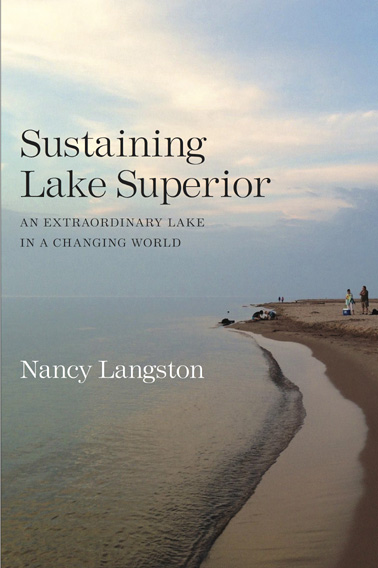










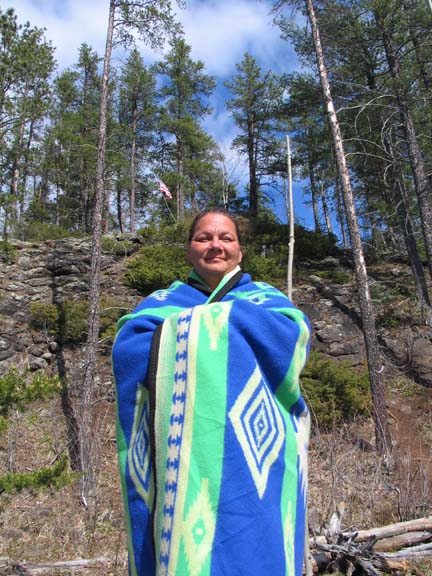


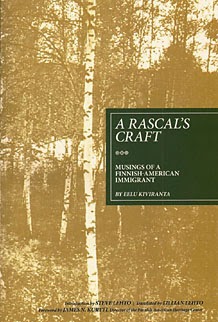









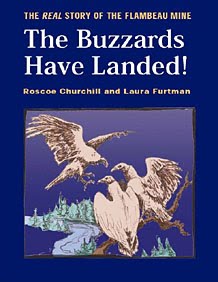






No comments:
Post a Comment